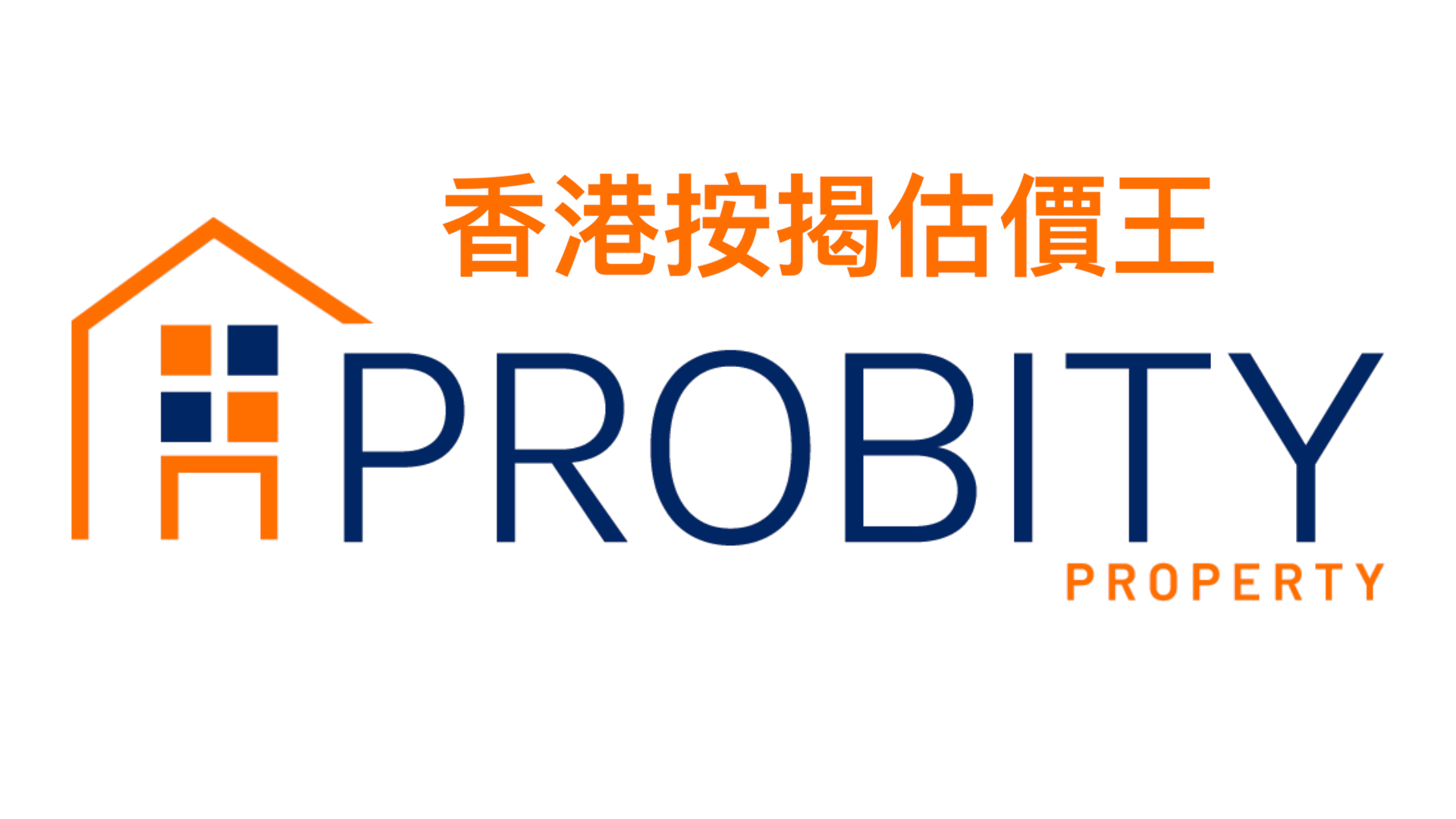Understanding the Concept and Operation of Second Mortgages

Understanding the Concept and Operation of Second Mortgages
Exploring the Pros and Cons of Buyers Obtaining High-Ratio Mortgages through Second Mortgages
Today we will be discussing the concept and operation of second mortgages, as well as the pros and cons of buyers obtaining high-ratio mortgages through second mortgages.
Typically, when buyers purchase a property, the first step is to apply for a mortgage from a bank. Based on the buyer's information and the value of the property, the bank will approve a mortgage of 50%-60%, which is referred to as the "first mortgage." However, some buyers may wish to borrow more funds to supplement their purchase due to limited down payment. In this case, there are two options available: second mortgages and mortgage insurance.
So, what is a "second mortgage"? The concept of a second mortgage involves the buyer obtaining a "high-ratio mortgage" from a financial company after being approved for a first mortgage of 50%-60% from a bank. In recent years, second mortgages have become popular in some new developments, with developers often partnering with financial companies or offering second mortgages through their own financial subsidiaries to provide buyers with high-ratio mortgages beyond the first mortgage.
The advantage of a second mortgage is that the approval process may (although not always) be more lenient than mortgage insurance, and buyers do not have to pay mortgage insurance premiums. However, the drawback is that the interest rate on a second mortgage may be higher and may not be comparable to that of the first mortgage, resulting in higher overall payments.
In summary, when choosing between a second mortgage and mortgage insurance, buyers should carefully consider their financial situation, their ability to make future payments, and evaluate and compare the risks and benefits of different loan methods to make the most suitable decision for themselves.


